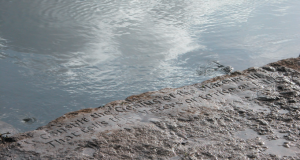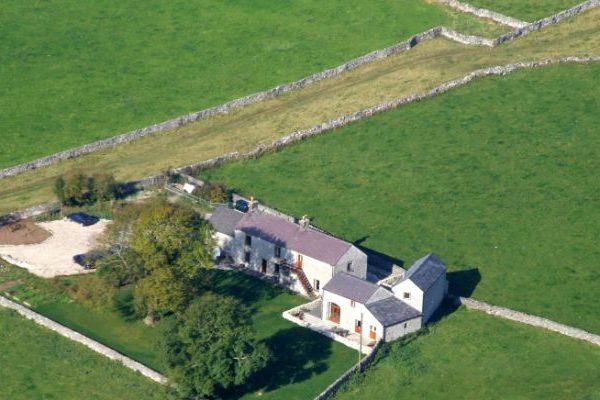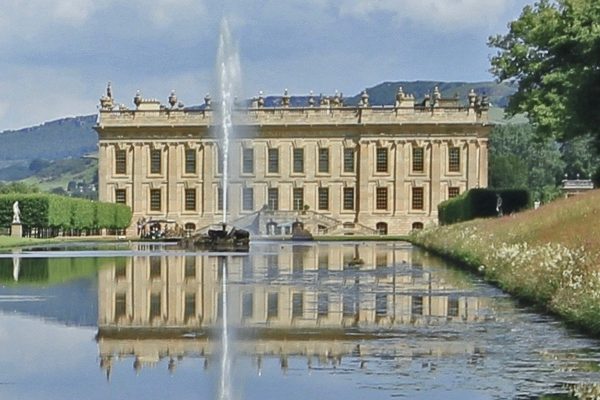Many towns and villages celebrated the year 2000 by erecting a permanent memorial stone or creating some other landmark of time.
The parish of Middleton and Smerrill’s boundary stones
The Derbyshire parish of Middleton and Smerrill raised funds and commissioned from local artists, a permanent marker for each of the 17 places that it was possible to cross by path or road into the parish. Members of the parish choose the words for each boundary marker.
I was reminded of these markers on a recent walk by discovering marker number 6, the Clapper Bridge marker. The words on this marker stone are;

“Consult the Genius of the Place in all; That tells the Waters or to rise and fall”
It doesn’t say it on the bridge but these words are by Alexander Pope, one of our greatest poets. Pope was also an architect and was influenced in his writing by his interest in design and landscaping.
The Earl of Burlington, Richard Boyle
Pope’s words were written in the first half of the 18th century as part of an “Epistle to the Earl of Burlington”. The Earl of Burlington addressed in the Epistle was Richard Boyle, a renown architect of the time.
Earlier, Boyle had published a collection of “Palladio’s designs of the baths, arches, theatres etc of ancient Rome”. Pope, it seems, was moved to write the first of four moralistic poems in support of the ‘designs’. He was railing against what he saw as bad taste in some of the architecture of the day.
Pope was keen that nature formed the inspiration for design. He suggests that we ask what is special about the place (“Consult the genius of the place”) when we come to landscaping the countryside. He felt that planting should be sympathetic to the landscape and the way that the gradient of the land rises and falls (“that tells the waters or to rise and fall”).
The words were not written of the area specifically. When you stand on the clapper bridge in Bradford Dale, however, glancing up and down the unspoiled valley, you can appreciate what he was driving at.
The connection to Derbyshire and Chatsworth
Richard Boyle grew up in Yorkshire and did a lot of his work in London. At the time of the Epistle he had no connection with Derbyshire. (The use of Earl of Burlington as a courtesy title by the Dukes of Devonshire came late). A few years before his death, however, Boyle’s daughter, Charlotte, his only heir married the 4th Duke of Devonshire. The link to Derbyshire was made.

Having Charlotte’s inheritance and wealth allowed the 4th Duke to make great changes at Chatsworth, both to the house and gardens. I’d like to think that he had read Alexander Pope’s ‘Epistle’ to his father-in-law. I’d also like to think that he considered “The Genius of the Place” in appointing Capability Brown to redesign a more natural and ‘tasteful’ landscape at Chatsworth, a legacy that survives today.





